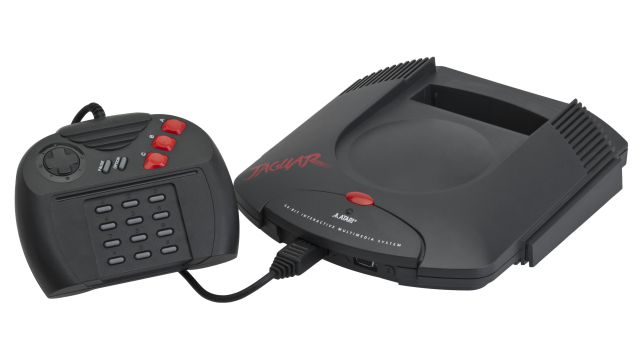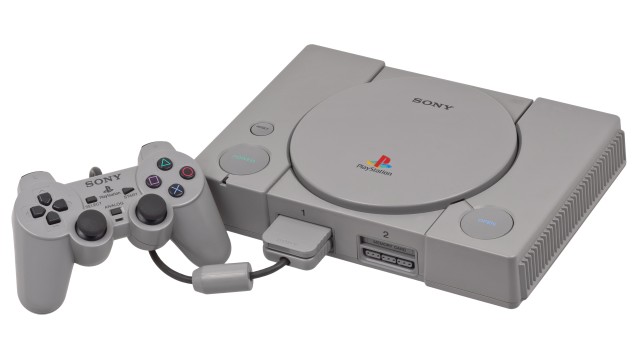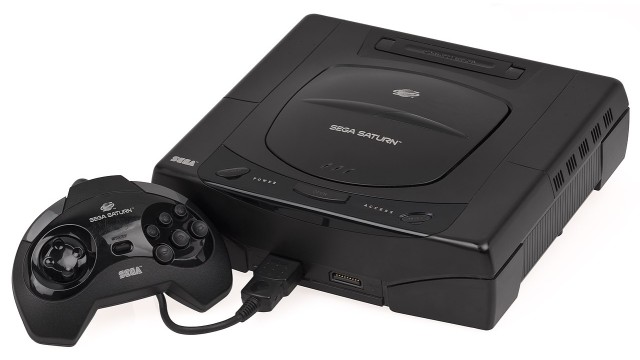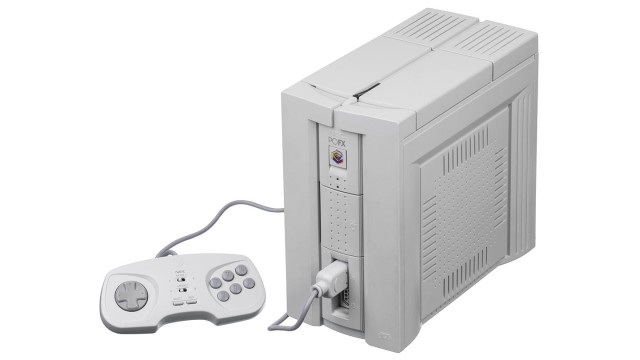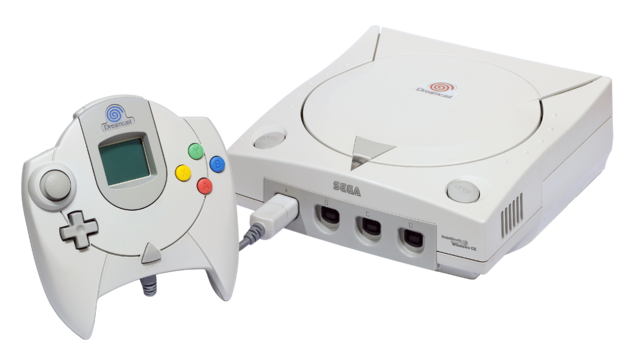
Nintendo 64
Launches: 1996
Discontinued: 2002
Life span: 6 years
Units sold: 32 930 000
Generation: 5th
Country releases of Nintendo 64
 Japan: Japan: | 23/Jun/1996 | ||
 USA: USA: | 29/Sep/1996 | ||
 Europe: Europe: | 01/Mar/1997 |
 Nintendo 64 technical specifications
Nintendo 64 technical specifications
CPU: NEC VR4300 (64 bits)
Memory: 4 MB
 Nintendo 64 video specifications
Nintendo 64 video specifications
Nintendo 64 graphics capabilities.
Video chip: SGI RCP
Video connection:
 Nintendo 64 audio specifications
Nintendo 64 audio specifications
Nintendo 64 sound capabilities.
Audio chip:
Audio mode:
 Controllers of Nintendo 64
Controllers of Nintendo 64

 Nintendo 64 games support
Nintendo 64 games support
Support:
Nintendo 64 games
Games library:
Nintendo 64 story
The Nintendo 64, often referred to as the N64, stands as a pivotal moment in the history of video gaming, representing Nintendo's first foray into 3D gaming and introducing innovations that would shape the industry for years to come. The origins of the N64 trace back to the early 1990s, when Nintendo, having dominated the home console market with the Nintendo Entertainment System (NES) and the Super Nintendo Entertainment System (SNES), began to consider its next-generation console. The competitive landscape was evolving, with new challengers like Sony, who was developing the PlayStation, and Sega, with its upcoming Saturn console, both gearing up to push the boundaries of gaming technology.
The creation of the Nintendo 64 began with a collaboration between Nintendo and Silicon Graphics, Inc. (SGI), a company renowned for its expertise in high-end graphics workstations. SGI's advanced technology promised to bring unprecedented 3D capabilities to home consoles, which aligned with Nintendo's ambition to revolutionize gaming once again. The partnership between Nintendo and SGI was formalized under the codename "Project Reality," reflecting the companies' goal to create a system that could produce realistic, immersive environments in three dimensions.
The development of the Nintendo 64 was marked by several key decisions that shaped the final product. One of the most significant was the choice to use cartridges as the primary media format, a decision that would later become a point of contention. While cartridges offered advantages such as faster load times and greater durability, they were also expensive to produce and had limited storage capacity compared to the emerging CD-ROM format, which was being adopted by competitors like Sony. Nintendo's decision to stick with cartridges was influenced by concerns over piracy and a desire to maintain control over game production and distribution.
Another critical aspect of the N64's development was its controller design, which was both innovative and unconventional. The N64 controller featured a distinctive three-pronged design, allowing players to hold it in different ways depending on the game being played. It was also the first major console controller to include an analog stick, a feature that was essential for navigating 3D environments. The inclusion of the analog stick was a direct response to the needs of 3D gameplay, providing a level of precision and fluidity that was impossible with traditional digital D-pads. Additionally, the controller had a built-in port for accessories, most notably the Rumble Pak, which introduced force feedback to gaming, adding a new layer of immersion.
As development progressed, Nintendo faced the challenge of creating games that could fully utilize the N64's powerful hardware. The company’s internal teams, particularly those led by iconic figures like Shigeru Miyamoto, worked tirelessly to produce titles that would demonstrate the system's capabilities. Miyamoto's team, for instance, was responsible for "Super Mario 64," which became the flagship title for the console. "Super Mario 64" was a groundbreaking game that defined 3D platforming, offering players an unprecedented level of freedom in a fully 3D world. Its success was critical to the N64's early adoption, showcasing the potential of the new technology.
The Nintendo 64 was officially launched in Japan on June 23, 1996, under the name "Nintendo 64," with a price point that was competitive for the time. The console's launch was highly anticipated, and demand far outstripped supply, leading to widespread shortages. Nintendo's careful marketing, combined with the appeal of "Super Mario 64" and other launch titles, generated significant excitement and buzz. The North American release followed on September 29, 1996, and similar enthusiasm greeted the console's arrival. The N64 was released in Europe and Australia in March 1997, with Nintendo using a global strategy to maximize its impact across different markets.
Market reception to the Nintendo 64 was generally positive, but it also faced challenges. On the one hand, the console was praised for its advanced 3D graphics, innovative controller, and strong lineup of first-party games. "Super Mario 64" was universally acclaimed, and later releases such as "The Legend of Zelda: Ocarina of Time" and "GoldenEye 007" became iconic titles that defined the N64 experience. These games not only pushed the boundaries of what was possible in terms of gameplay and graphics but also established new standards for the industry.
However, the decision to use cartridges instead of CDs had significant implications for the N64's market performance. While cartridges offered certain benefits, their high production costs and limited storage capacity led some third-party developers to favor Sony's PlayStation, which used CDs and offered more space for content-rich games at a lower cost. As a result, the N64 saw fewer third-party titles compared to its competitors, which limited its game library and made it more dependent on Nintendo's own titles to drive sales.
Despite these challenges, the Nintendo 64 carved out a strong presence in the market, particularly among younger gamers and Nintendo loyalists. The console's multiplayer capabilities were also a major draw, with games like "Mario Kart 64" and "Super Smash Bros." becoming staples of social gaming and helping to build a community of dedicated players. The N64's emphasis on local multiplayer experiences distinguished it from the PlayStation, which was more focused on single-player games.
In the years following its launch, the Nintendo 64 continued to be a major player in the console market, though it ultimately trailed behind the PlayStation in terms of overall sales. The console's legacy, however, is marked by its contributions to the evolution of video game design, particularly in the realm of 3D gaming, and its influence can still be seen in many of the gaming conventions that persist today. The N64's impact extended beyond its sales figures, shaping the future direction of Nintendo and the broader gaming industry in significant ways.
Previous Nintendo console: Super Nintendo
Next Nintendo console: GameCube
